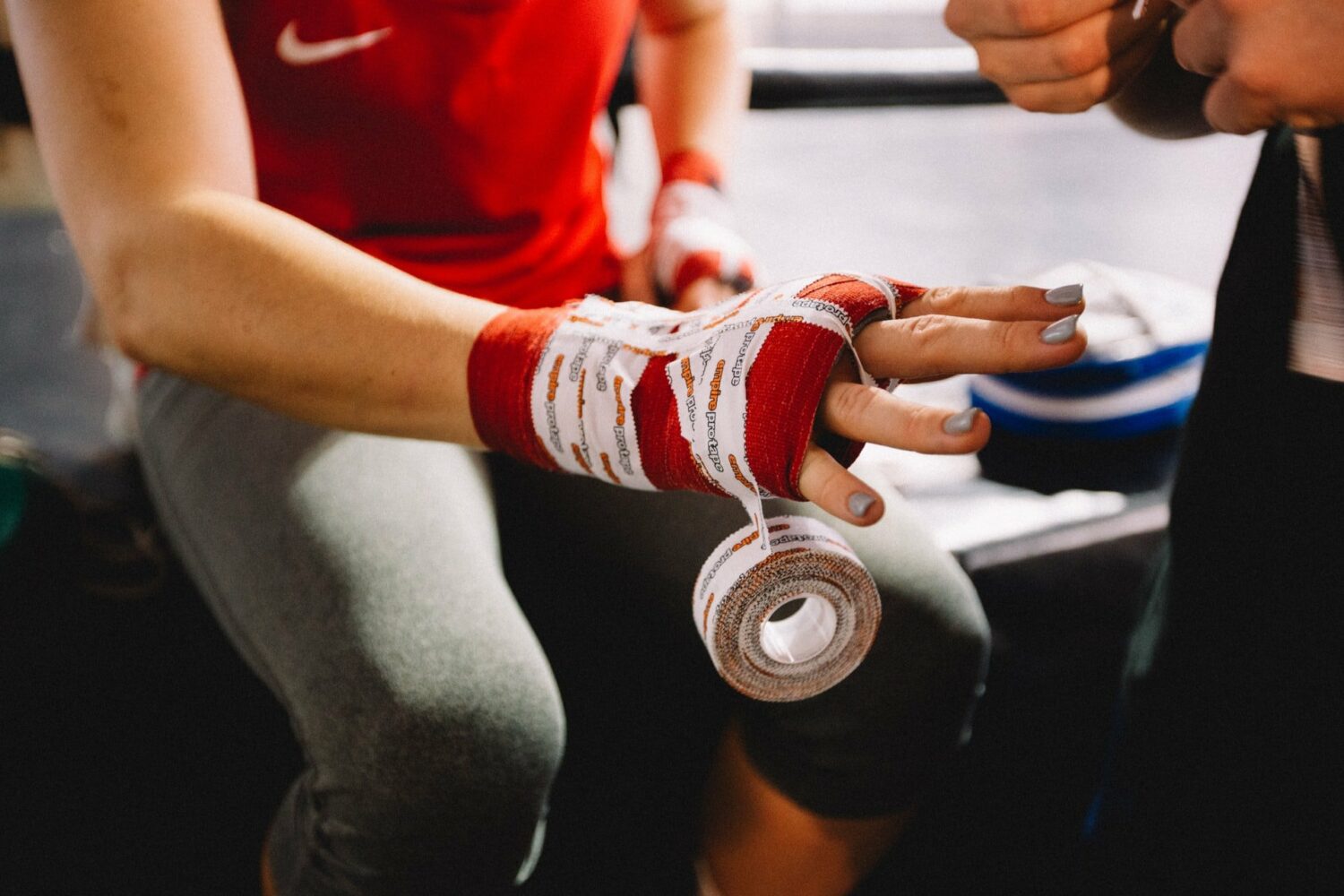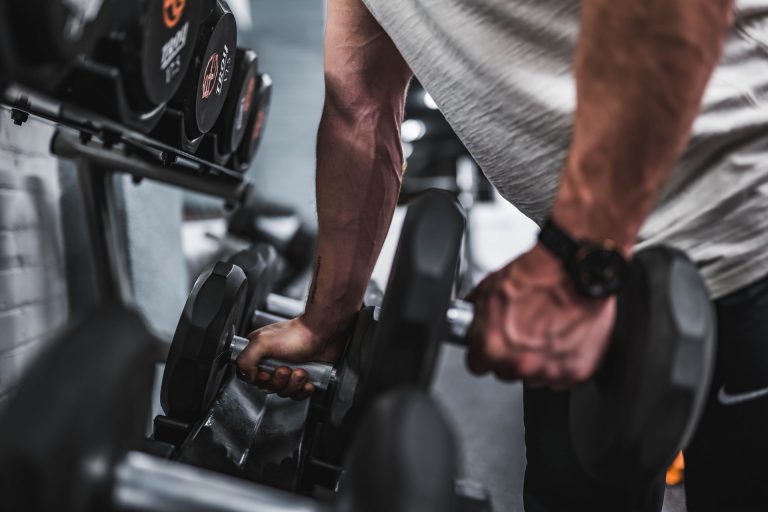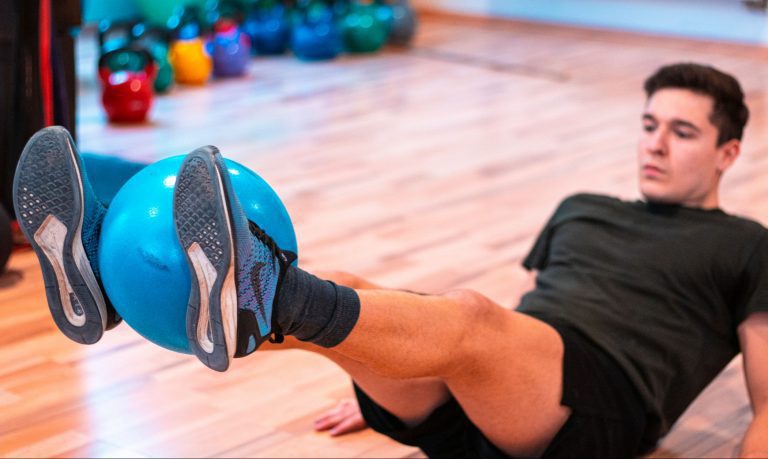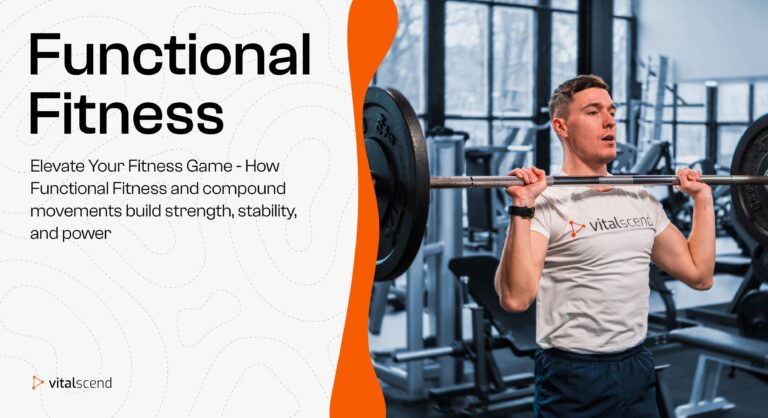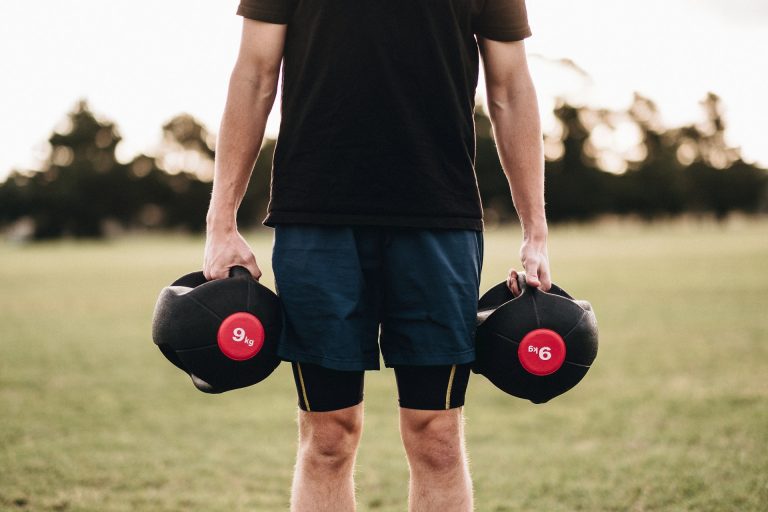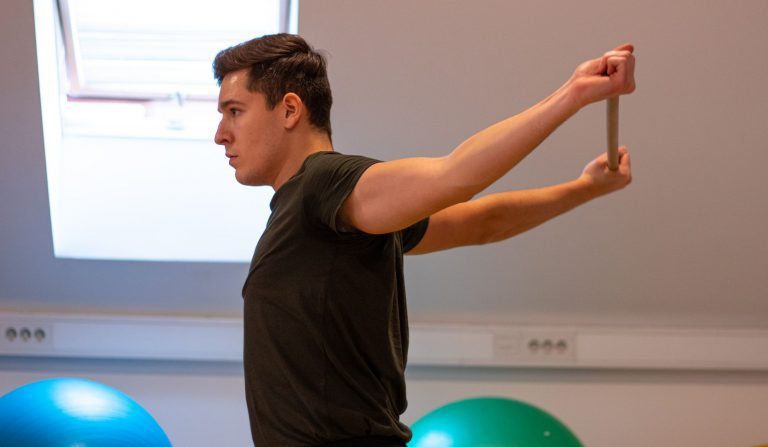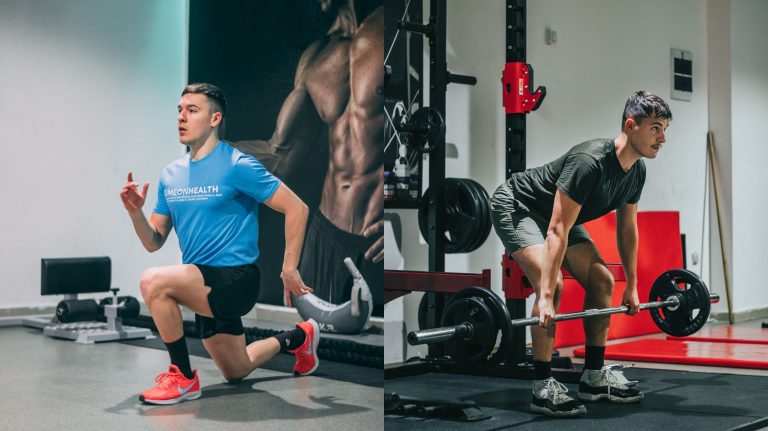Joints: Function, Structure and Anatomy
Definition
A Joint is a structure that connects two bones in the human (animal) body that acts as a pivot point, providing support and allowing movement. It is the breaking point of the hard skeleton, where the bones can bend, twist, or rotate. An articular surface is made to connect the bones.
Cartilage is a connective tissue found mainly in the joints which allows joint movement, provides cushion, makes movement more fluid, reduces friction and resistance, bears weight, prevents bone scratching, and improves stability. (1) (2)
Joint Function
- Enables movement between two or more bones and muscles
- Connects bones
- Supports our skeletal frame
- Enables mobility and movements like rotation, twists, hinges, flexion, extension, and many others
Joints Structure
The Joint, as a complex unit of muscles, tendons, ligaments, bones, and cartilage has a specific build and structure which depends on its main function and location.
| Uniaxial Joints | joints that allow movements, like flexion and extension |
| Biaxial Joints | joints that allow movements like flexion, extension, abduction, and adduction |
| Triaxial joints | joints that allow movement which includes all of the above, plus rotation and circumduction. |
Joints vary in size, shape, and structure. Different joints have different tendons and ligaments around them, some have cartilage and supportive bones in their structure. The ratio of connective tissue to bone and muscle differs in each joint.
If you’re into anatomy, make sure you do not miss out on:
To understand the basic structure of the main joints we will look at the Knee, Shoulder, and Hip Joints. Keep in mind that the anatomy for every joint is a little bit different.
Knee Joint
One of the most complex joints that allow flexion and extension at the knee joint, joins Femur with Tibia, or thighbone with the shinbone.
The other two bones in this complex are the Patella, or the kneecap, and the Fibula, or the lateral, side bone next to the tibia. The knee has four main ligaments, the Anterior and Posterior Cruciate Ligaments, and Medial and Lateral Collateral Ligaments which provide support and stability to the knee.
The biggest tendons here are Quadriceps Tendon which attaches the quadriceps muscle to the patella and the patellar tendon which attaches the tibia to the patella.
Shoulder Joint
The shoulder joint is a very complex, ball-socket type of joint that is joining the Humerus bone with the Clavicle and Scapula.
This allows a multiaxial movement pattern of the arm in relation to the torso, which includes rotation and circumduction. The arm can also abduct, adduct, flex, and extend in the shoulder joint.
This joint is created by the articulation of the humerus head in the glenoid cavity of the scapula. In between the muscles, bone, and connective tissue in the shoulder, there are three bursaes: (a fluid-filled sac that provides a gliding surface) subacromial, and subscapular.
The main ligaments present are glenohumeral, coracoacromial, and coracohumeral ligaments.
Hip Joint
One of the biggest joints in our body is the hip joint which connects the legs and the torso. The biggest bone in our body is the femur or thighbone, connecting to the pelvis through the hip joint.
It is a ball and socket joint, created by the articulation of the femur head and acetabulum with thick articular cartilage in between. The point of this complex is to transmit force and bear weight, allowing hip flexion, extension, leg abduction, and adduction plus rotation and internal & external rotation.
A fibrocartilaginous collar is present, called the acetabulum labrum. The femur connects to different parts of the pelvis through the pubofemoral, ishiofemoral, and iliofemoral ligament, while the head to acetabulum is through the femur head ligament. Core & Leg muscles provide stabilization and support to the hip joint.
Types of Joints
There are many other joints that differ in structure, function, and location, but here is an overview of different types of joints:
Motion
- Hinge Joint: allows uniaxial movements like flexion and extension, such as the elbow joint
- Pivot Joint: allows internal and external rotation in one axis, such as the radio-ulnar joint
- Facet Joints: plane joints connecting the articular processes of two adjacent vertebrae that support and limit excessive movement to prevent injury
- Planar Joint: two flat surfaces joint that allow gliding or rotation, usually found in the feet
- Saddle Joint: has concave and convex surfaces that allow biaxial movement, in the frontal and sagittal plane like the metacarpal ones
- Ball and Socket Joints: the most mobile ones, where the head of the bone enters a socket like a shoulder or hip joint. Complex ones allow triaxial movements which include circumduction and rotation.
Structure
- Fibrous joints are joints connected with more rigid and inflexible connective tissue made up of collagen fibers that keep two or more bones together, usually interlocked. These include skull bones, teeth, and radio-ulnar or tibiofibular joints.
- Cartilaginous Joints are in the middle in terms of mobility and range of motion. Connected through a thicker, denser, and more rigid fibrocartilage that acts as a shock absorber or hyaline cartilage, the glass-like translucent connective tissue. Examples would be intervertebral discs, pubic symphysis, or sternum.
- Synovial joints are the most mobile joints, with a higher range of movement. These joints have articular capsules, articular cartilage, a synovial membrane, and a joint cavity filled with synovial fluid. A more complex structure that allows smoother movement, reduced bone friction, and improved force transmission.
Examples of Joints in the Body
There are many different joints in the human body. But when it comes to applying kinesiology, studying human movement, injury prevention, and performance enhancement, the most important joints are:
- The Spine (Vertebrae)
- Shoulder Joint
- Elbow Joint
- Wrist Joint
- Hip Joint
- Knee Joint
- Ankle Joint
There are many other joints that exist in the human body like the metacarpal, and metatarsal ones (the joints in your feet, hands, and fingers) but the list above is the one a kinesiologist or strength specialist will prioritize.
What are the five main joints in the human body?
The Spine (Vertebraes), Shoulder, Hip, Knee and Ankle Joint
How to improve joint health?
Intake of omega 3, vitamin C, Polyphenols, Calcium, and Vitamin D may improve joint health, along with higher activity level, resistance training, and proper mobility workout.
What is the most common joint problem?
Osteoarthritis is the most common problem that occurs in joints when the cartilage (cushion in between bones) wears down so there is increased friction, resistance, and bone scratching
Conclusion
A Joint is a complex structure that connects two bones, allowing uniaxial, biaxial, or triaxial movements. Types of joints: Hinge, Pivot, Saddle, Facet, Planar, and Ball-and-socket joints. Joints have connective tissue around that supports movement (ligaments & tendons)

